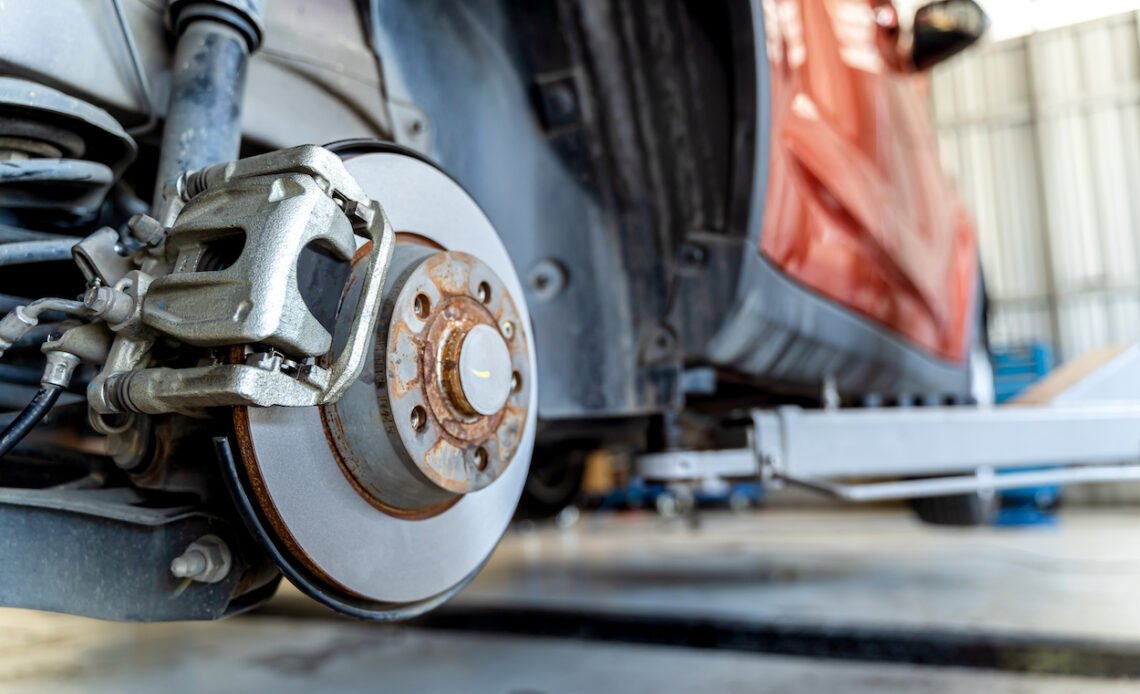With today’s technology, seeing someone operating a vehicle is already as normal as breathing. It’s even come to a point where people as young as teenagers can drive them. But regardless of how common they are, the risks are never removed from the picture. That’s why vehicles everywhere – be it a mechanical bicycle or a sports car – are designed with countermeasures to tackle these risks head-on. And some of them are brake pads and disc rotors.
What Are Brake Pads And Disc Rotors
Vehicles are created with transportation in mind. For them to go places, they function to move in whichever direction they’re pointed. Naturally, you’ll want them to stop once you’ve reached your destination or something came up on the road. That’s what brake systems are for.
Considering how complex vehicles are designed, it’s already a given for them to contain multiple systems to fulfil a specific task. Since it’s their purpose to stop the machine by command, brake systems are most likely the most crucial part of any vehicle. Thus, they demand the most attention by conducting regular inspections to check if there’s anything that needs to be replaced.
These brake systems mainly consist of brake pads and disc rotors. Brake pads handle most of the work in stopping the vehicle. To make this happen, friction is put into play. Since they’re located on either side of a rotor, they squeeze the rotors once pressurized fluid comes from the driver pressing the brakes. So, with this set-up, it’s safe to say that the rotors provide the contact surface while brake pads force the wheels to slow down to a stop.
How To Break In Newly-bought Brake Pads And Disc Rotors
With the brief overview of how the brake systems work out of the way, there are other matters you need to worry about. Breaking them in (or bedding) is essential, especially if you just had them replaced with new VMAX brakes or other brake manufacturers. However, you’ll find that this procedure isn’t as simple as you’d think.
1. Find A Safe Location
Since you’ll be running a test drive on a vehicle, you need all the space you can get to ensure it’s completely safe from start to finish. You’re about to test your braking system, after all. With this in mind, driving on a flat, open road would be ideal. But you must ensure it’s not frequented by drivers. Otherwise, you’ll be found in the headlines for causing an accident.
2. Speed Up And Slow Down
Breaking in your new brake…
Click Here to Read the Full Original Article at Paddock Magazine…

